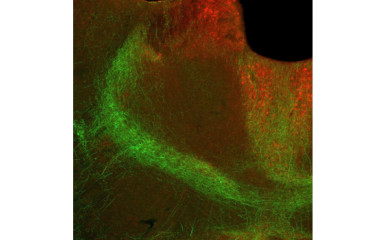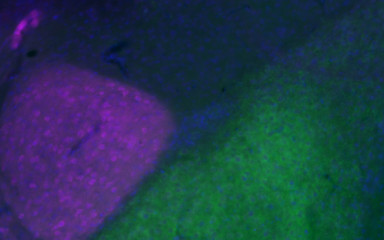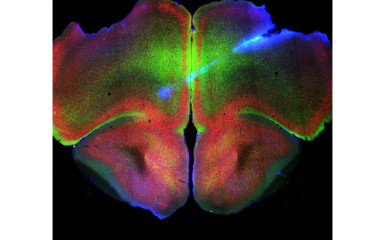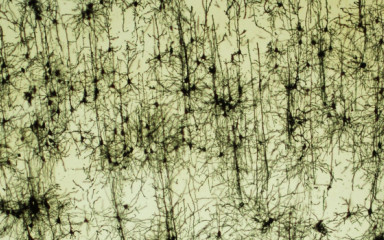Neurobiological bases of normal and pathological stress and fear reactions
The overall cost of mental illness, of which anxiety and depressive disorders are the most prevalent, can exceed €600 billion per year (OECD 2018). The dramatic increase in the number of cases in the wake of the COVID-19 pandemic has made the development of effective treatments even more urgent than before. Research over the past decades has shown many partial successes in the treatment of both stress-related illnesses and anxiety and depression, but effective therapeutic solutions have not yet been developed.
Psychological stressors trigger complex hormonal, autonomic and behavioural responses coordinated by the central nervous system. If the strategy for a given provocation is successful, the stress response subsides, and the response is recorded in the form of memory traces that help the body to habituate to the challenge. If coping is unsuccessful or not possible, new stressors trigger stress-related memory images, the stress response and fear are intensified.
The WHO predicts that by 2030, depression will be the world's biggest health and economic burden disease. It is essential for treatment that people who are properly diagnosed are treated as soon as possible with the most effective therapy for them. To develop such therapies, it is essential to have a clear understanding of the neurological mechanisms that cause these changes.
Targeted, strategic research at the institute contributes to the development of effective therapeutic approaches using translational, preclinical models, state-of-the-art neuroanatomical, genetic, neurobehavioural and behavioural methods, and studies targeting many aspects of the stress response and pathological fear responses.











